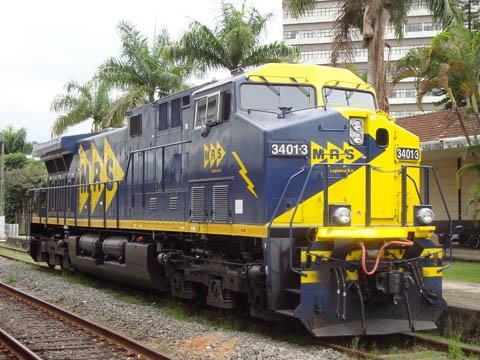
BRAZIL: Rail’s role in the national transport matrix will increase under proposals set out in the 2035 National Logistics Plan unveiled by the government on April 20.
Already made available for consultation by interested parties, the Plan has been prepared to support the establishment of a national infrastructure policy based on analysis of the current transport mix and the main demands being placed on different modes. It is intended to become the strategic planning reference for identification of present and future transport needs and highlight opportunities for increasing capacity.
Rather than presenting a portfolio of definitive projects, the Plan looks at six possible scenarios which will be used to develop proposals for the different transport sectors.
Under the proposals, rail’s share of the transport market in tonne-km could rise from about 21% in 2017 to 32∙8% in 2035. This increase hinges on the completion of the first two phases of the FIOL project from Caetité to the port of Ilhéus and from Barreiras to Caetité. It would also depend on progress with the Ferrogrão scheme for a line between Sinop in Mato Grosso state and the inland port of Miritituba on the River Tapajós in Pará state. If the third phase of FIOL from Figueirópolis to Barreiras is included, rail’s share could rise to 36%, representing 1 124∙4 billion tonne-km.
‘Based on technical criteria and showing where the state’s action will be important, we will identify the opportunities for offers in the sector and the most efficient way to implement them’, explained Minister of Infrastructure Tarcísio Gomes de Freitas.
CEO of the National Logistics Planning Agency Arthur Luis Pinho de Lima said ‘the Plan identifies infrastructure bottlenecks for the planning of works’ and ‘indicates the demand for the next 15 years. The signals given by the Plan are the basis for transportation planning via PPPs or schemes carried out by the government.’ He noted that the plan also addressed the integration of passenger transport, including some use of rail.

















